Affordable Dining Trends Emerge in France Amid Cost of Living Concerns
In Paris, a new establishment named the 6.90 has gained attention for claiming the title of the city’s least expensive restaurant. This budget-friendly venue has proven popular among locals.
On Friday, patrons lined up for one of two main dishes available: sausage with mashed potatoes or vegetable lasagne, each priced at €6.90, which forms the restaurant’s name.
Matteo Balavoine, a 23-year-old co-owner, shared that this level of interest has persisted since the restaurant’s opening in March. “We’ve seen a real surge in business,” he noted, revealing that they serve as many as 300 meals daily.
The 6.90 is part of a small yet growing trend of restaurants across France offering inexpensive dining options in response to the ongoing cost of living crisis, igniting significant debate.
Supporters argue that these so-called “anti-crisis menus” are enticing customers who reduced their dining out frequency since inflation began to rise in recent years. Conversely, critics assert that such low prices undermine profitability and threaten the restaurant industry as a whole.
Despite France’s reputation for affordable eateries—particularly in comparison to the UK—the average price for dining out has surged by approximately 23% from 2022 to 2024. A survey by Ipsos revealed that nearly 40% of respondents dined out less frequently than they did in 2019.
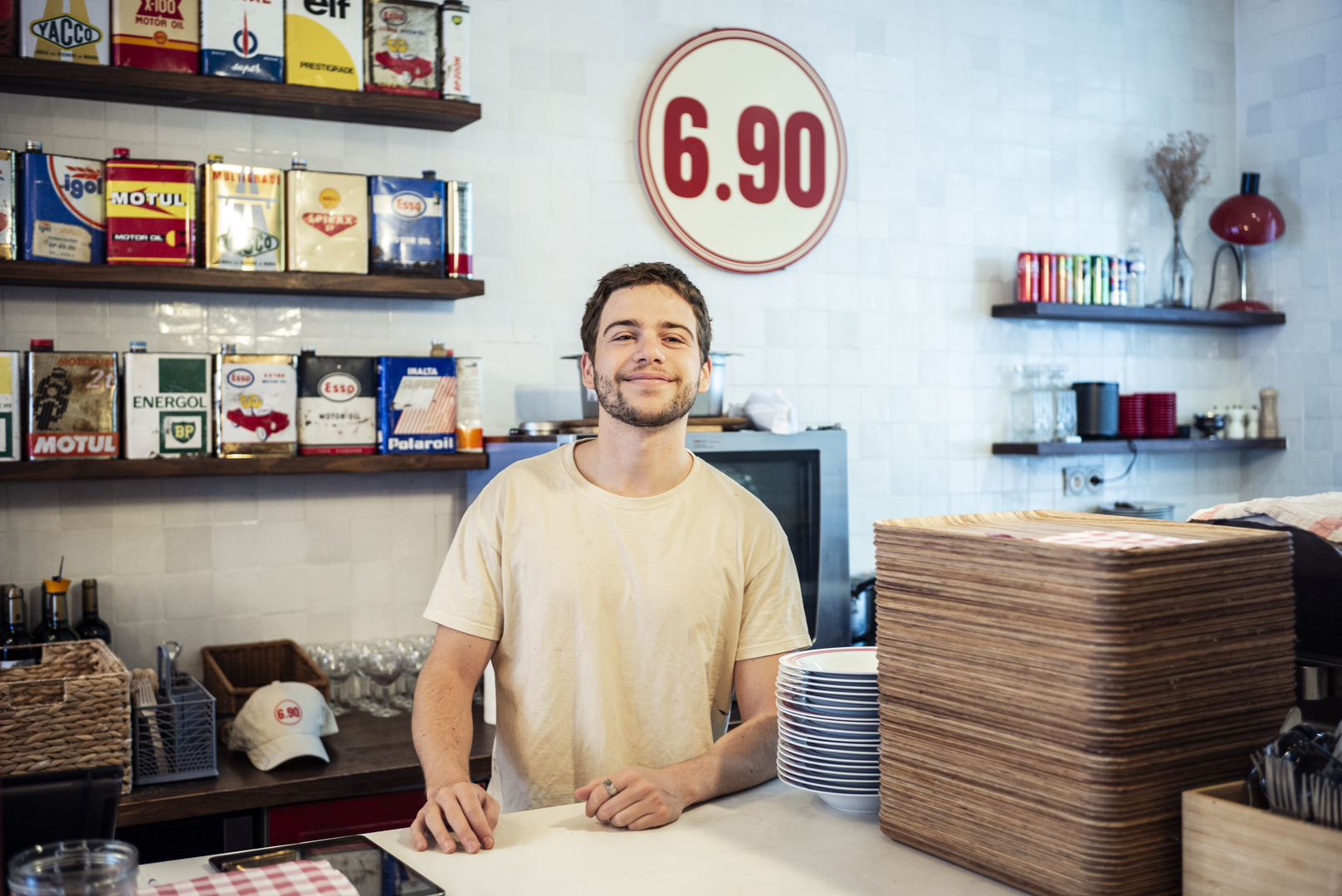
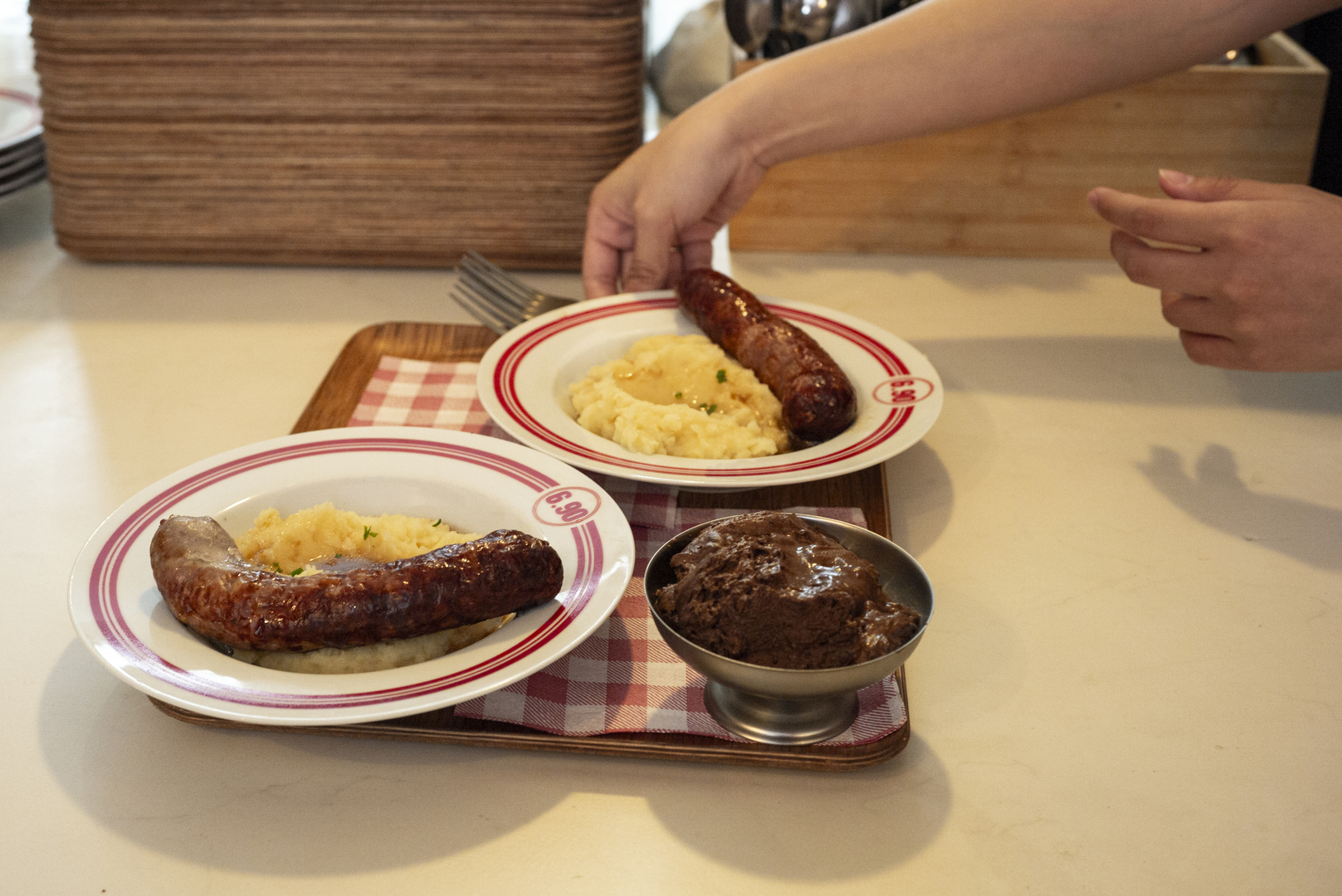
Many chefs found their establishments facing dwindling clientele. For instance, the Bellevue, located near Limoges, previously charged an average of €17 for a three-course meal but was drawing only seven visitors daily after being acquired by Laurent Berger in 2022. “My accountant warned me I would go bust,” said Berger, who is now 55.
In response, he diversified the Bellevue’s offerings by creating a first-class section with meals priced up to €59 per person and a second-class area serving a three-course meal, including wine and coffee, for €10 on weekdays during lunch hours.
This strategy has proven successful, with Berger noting that they now serve between 70 to 100 meals daily.
Using only fresh ingredients, Berger manages to control costs by limiting menu options and negotiating with suppliers.
On Thursdays, for example, the menu featured a salad for starters, followed by black pudding with mashed potatoes, concluding with panna cotta for dessert. “If you don’t enjoy black pudding, then that’s too bad,” he remarked.
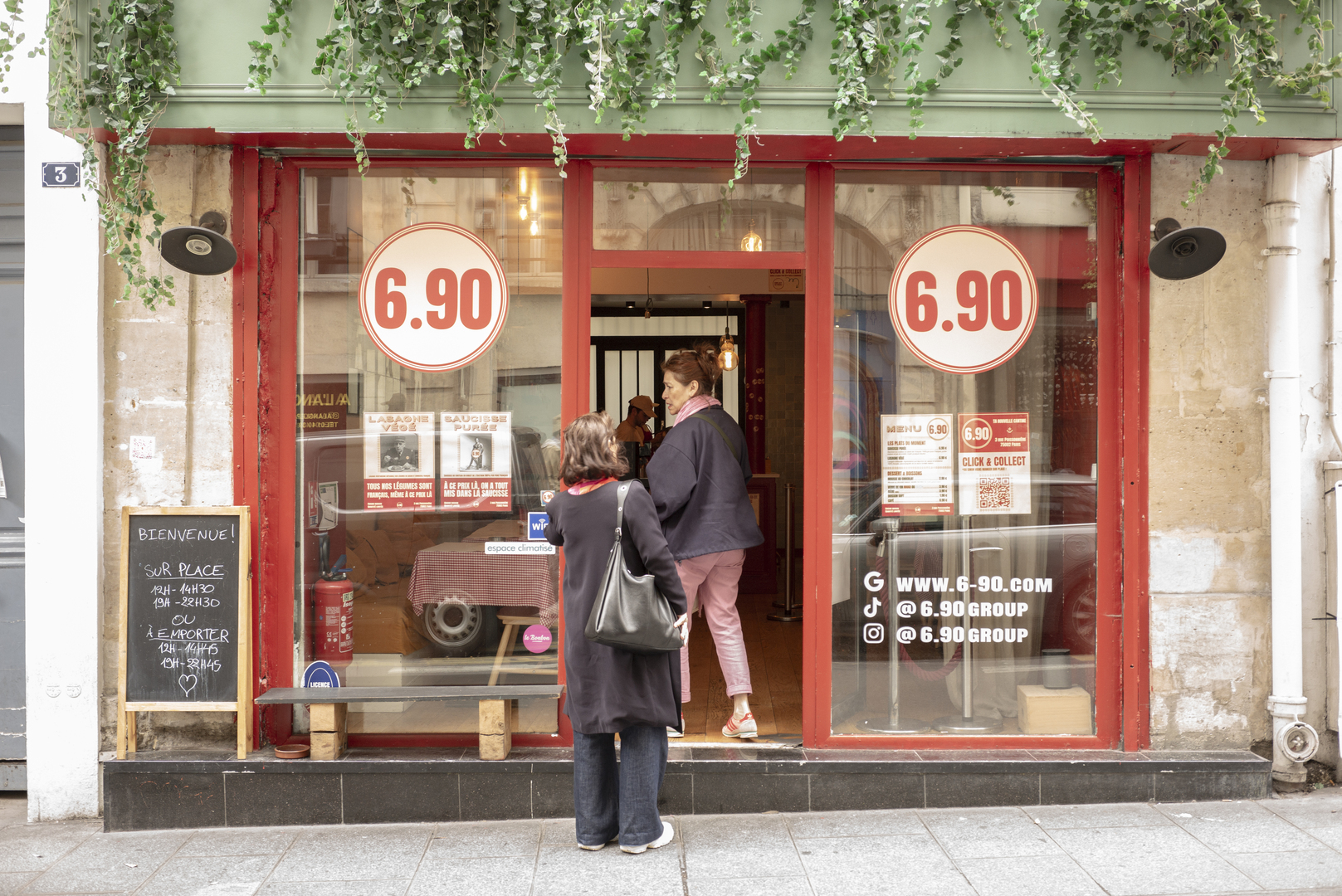
Meanwhile, Balavoine, still pursuing his studies at a Paris business school, employs a similar model at the 6.90. With a limited selection consisting of two main courses and a dessert—chocolate mousse for €2.90—he efficiently negotiates ingredient prices with suppliers, ensuring freshness.
To further reduce expenses, the restaurant operates without waitstaff. Customers order at the register, retrieve their meals, and are responsible for clearing their tables.
For those who prefer dining experiences that are not fast food yet are budget-conscious, this model has been well-received. Local resident Lino Galdin, 26, praised the restaurant as “quick, satisfying, and fulfilling,” while dining with 26-year-old consultant Paulina Flores. They were in Paris for training and found many other venues too pricey.
Balavoine initially opened the 6.90 as a trial, which is set to conclude next week. Given the response, he aims to maintain operations permanently after the summer.
However, Thierry Marx, chairman of the hotel and restaurant owners’ association Umih, warned against the rise of low-cost dining. “We must differentiate between revenue and profit,” he cautioned, emphasizing that sustaining over time without profits is unsustainable.
Bernard Boutboul, chairman of food consultancy Gira, echoed these sentiments, labeling the “anti-crisis” menus as “dangerous,” indicating that a culture of low pricing could hinder customers from paying more, potentially driving numerous establishments out of business.
Balavoine acknowledged that while each meal at the 6.90 incurs a cost that’s 35% higher than the ingredient price, covering all operational expenses would necessitate expanding to three or four similar restaurants to ensure profitability.

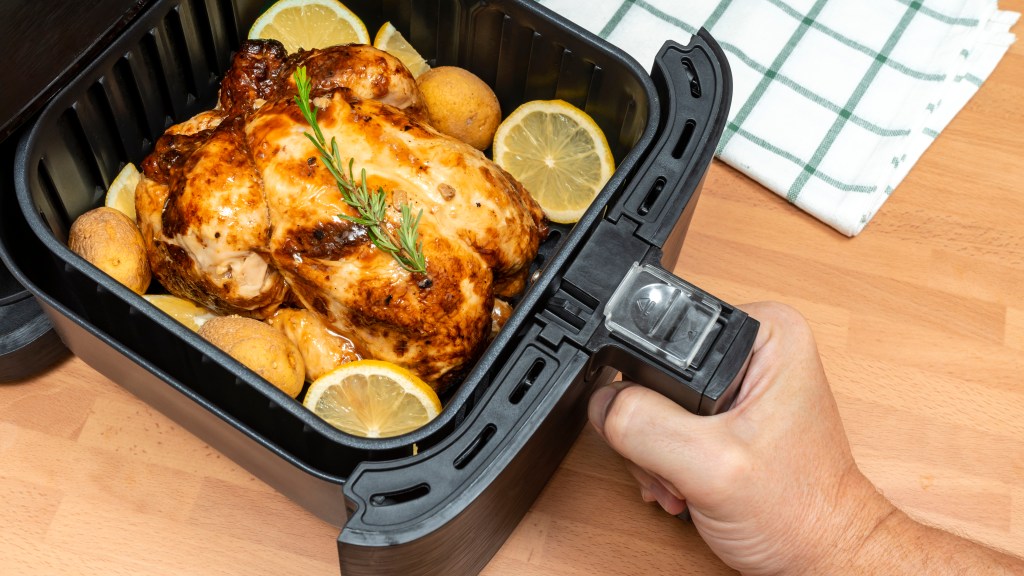
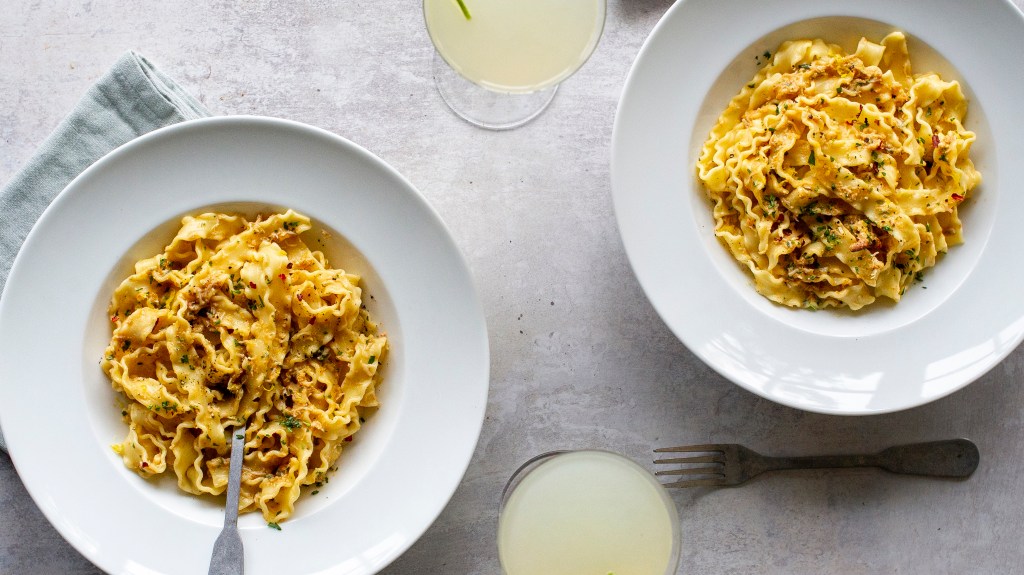

Post Comment